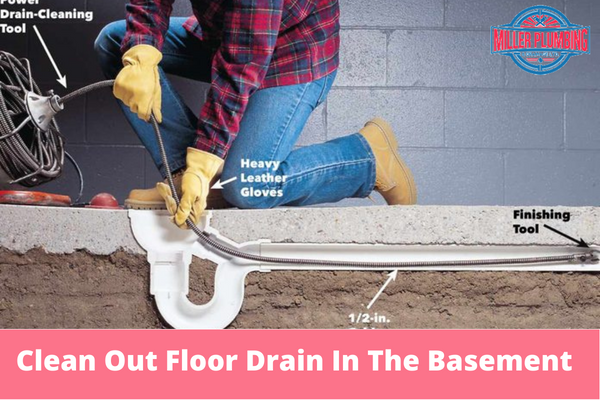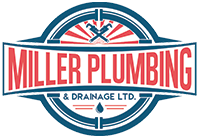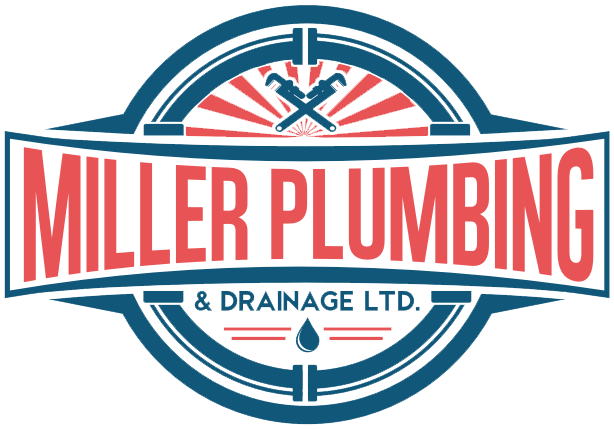Basement Floor Drain Cleaning: Step-by-Step Guide
The floor drains in your basement are critical components of your home’s plumbing system. As most of your home’s waste and water flows downwards with gravity, they are prone to several blockages. Minor clogs can quickly worsen if your basement floor drains are not cleaned thoroughly. To avoid extensive damage and water leakage, it is critical to hire a reliable drain cleaning service.

Why Should You Clean Your Basement Floor Drain?
Most every basement, even new construction, can leak at any time. While old houses are more susceptible to basement water damage, modern homes with poor drainage or grading can also suffer water damage. Whatever water accumulates around the foundation of the house, at the top of the basement wall, will attempt to enter. If your basement walls have cracks, fluid pressure will force pooling water and groundwater up to your basement. When your floor drain is blocked up, water cannot move anywhere and can cause severe damage to your floor and walls and mold growth.
Floor or ground drains naturally collect debris and other gunk, accumulating inside and necessitating a clean-out. If the drain is clogged or there isn’t any water in the trap beneath it, sewage system gas odors will diffuse out of the pipe, causing a robust foul smell in the basement that can circulate into the rest of the house. Regular flushing will clean the drain in your basement floor while keeping water in the trap below.
Basement Floor Drain Cleaning Methods
Every floor drain is unique, so identify further requirements before beginning the flush. Several floor drain covers are held in place by a screw, so start by removing them with a screwdriver. If it somehow does not have a screw, or if the screw has been removed, you can easily pull the grated top off the floor.
Wearing rubber gloves, clear out all the debris and general gunk using your hand and put what you pull out into a plastic shopping or any disposable bag so you can dispose of it. Now pour boiling water into the drain and allow it to sit for fifteen minutes. Fill the pipe halfway with baking soda and try to layer all sides. Apply the vinegar now and put it down the drain to eliminate the bacteria and the sewer gas’s terrible smells. Allow that to sit for about ten minutes then flush the vinegar with much more boiling water and do the process again several times until the drain is already clean and odorless.
When you’re finished, clean and replace the grated top. Follow these procedures regularly to keep your floor drain clean and clear of debris and prevent basement water damage and foul odors.
Let Miller Plumbing & Drainage Help You with Basement Floor Drain Cleaning
Miller Plumbing & Drainage Ltd. has been helping homeowners like you keep their basement drains clean for years. Whether a clog or slow-drain problem, we have the experience and expertise to provide fast, affordable service. Call us now or request a free quote!





